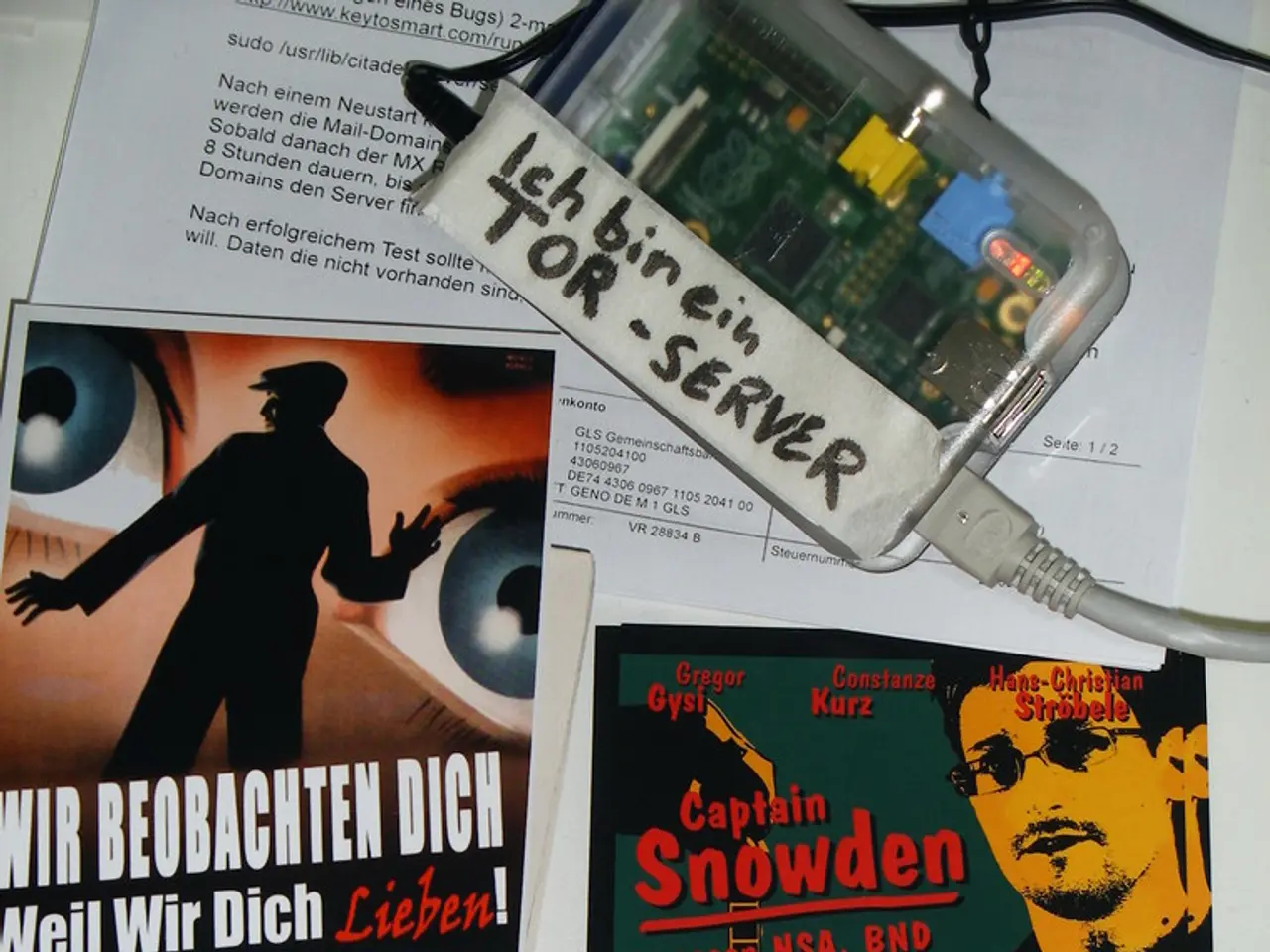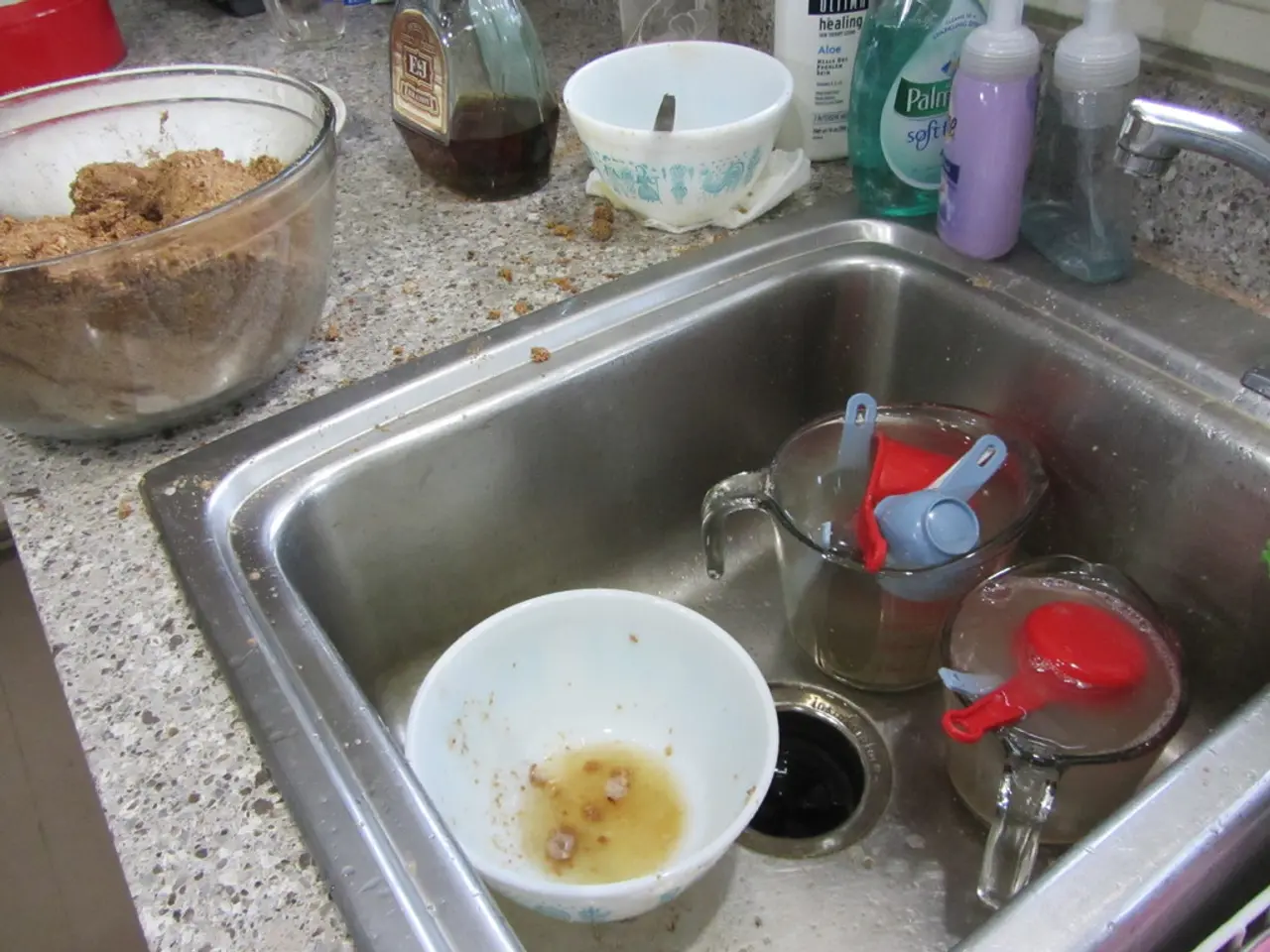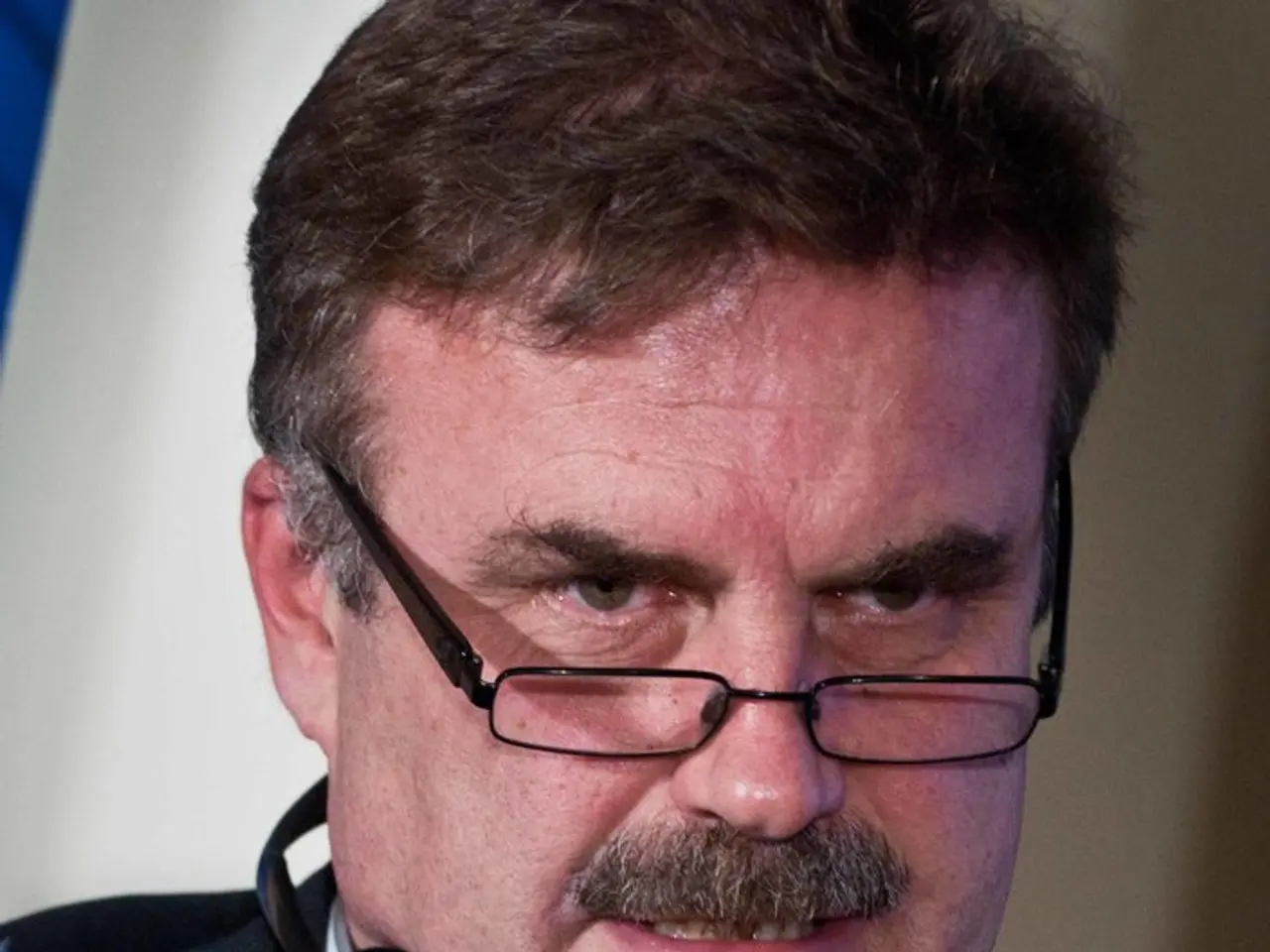Choosing the Right PCB Material: Factors Affecting Electrical Performance and Manufacturing Efficiency
In the world of high-frequency printed circuit boards (PCBs), maintaining signal integrity and high-speed performance is crucial. This is achieved through the use of specialized materials that offer low dielectric loss, stable dielectric constant, and thermal/mechanical reliability.
One of the key materials in high-frequency PCB manufacturing is Polytetrafluoroethylene (PTFE), both in its pure form and as ceramic-filled composites. PTFE stands out due to its very low dielectric constant (around 2.1) and extremely low loss tangent, making it ideal for ultra-high-frequency applications.
Hydrocarbon-ceramic composites are another popular choice. These materials provide a balance of low loss and better mechanical stability compared to pure PTFE, and are common in many high-frequency PCB laminates.
Specialized RF laminates, such as Rogers RO4350B and RO3010, and Taconic TLX series, are also widely used. These materials offer stable dielectric properties and low insertion loss in GHz frequencies, making them suitable for RF and microwave applications.
High-temperature thermoplastics (HTTP) are sometimes used to achieve low loss and good thermal durability in high-frequency PCBs. Advanced commercial materials, including halogen-free and halogenated laminates like TU883/SP, Synamic6, EM-528, Tachyon 100G, and others, have extremely flat dielectric constant frequency response and very low loss tangent, making them suitable for microwave and RF applications up to 20 GHz and beyond.
When it comes to the selection of PCB materials, matching the coefficient of thermal expansion (CTE) with components is critical for thermal stability during fabrication. Low profile copper foil interfaces have lower signal copper losses at high frequencies. Moisture absorption values for most PCB materials range from 0.01% to 0.20%.
Normal-speed materials, with a higher dielectric loss and limited suitability for a few GHz digital/analog applications, are the most common PCB materials. Medium-speed materials, suitable for up to ~10GHz, have a flatter D versus frequency response curve. Copper loss increases with frequency and can be compensated by increasing the width of the traces.
Printed circuit boards are manufactured using prepreg, copper foil, and copper clad laminates. The thickness of copper foil for PCB foil varies from 0.25 oz (0.3 mils) to 5 oz (7 mils). Electronic grade copper foil has a purity of around 99.7%. Rolled copper has a horizontal grain structure and a smoother surface, extensively used to produce flexible PCBs. Conversely, electro-deposited copper has a vertical grain structure and a rougher surface, typically used in rigid PCBs.
In terms of thermal properties, the decomposition temperature (T) is a thermal property of PCB materials, expressed in degrees Celsius. The coefficient of Thermal Expansion (CTE) is a property of PCB materials, expressed in parts per million (ppm) expanded for every degree Celsius. Glass transition temperature (Tg) is another thermal property, also expressed in degrees Celsius.
Using CAF-resistant materials is one of the most effective ways to prevent CAF formation and failure in PCBs. It's important to note that while FR (flame retardant) 4 materials are commonly used, they should be avoided for high-frequency applications due to their high dielectric loss and steep D versus frequency response curve.
In conclusion, the choice of materials in high-frequency PCB manufacturing plays a significant role in ensuring signal integrity and high-speed performance. PTFE-based materials and specialized RF laminates like Rogers and Taconic types are commonly used due to their low dielectric loss, stable dielectric constant, and thermal/mechanical reliability.
Controlled impedance technology is crucial in high-frequency PCBs to maintain signal integrity, and specialized materials like hydrocarbon-ceramic composites and advanced commercial materials provide this, offering low loss and stable dielectric constant.
The selection of PCB materials also includes considering controlled impedance technology for high-speed performance, such as PTFE-based materials and specialized RF laminates like Rogers and Taconic types, which offer low dielectric loss and stable dielectric constant.




